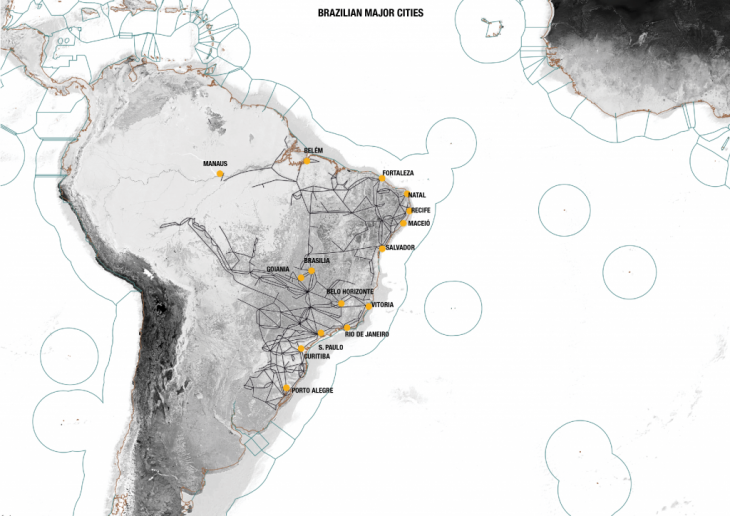
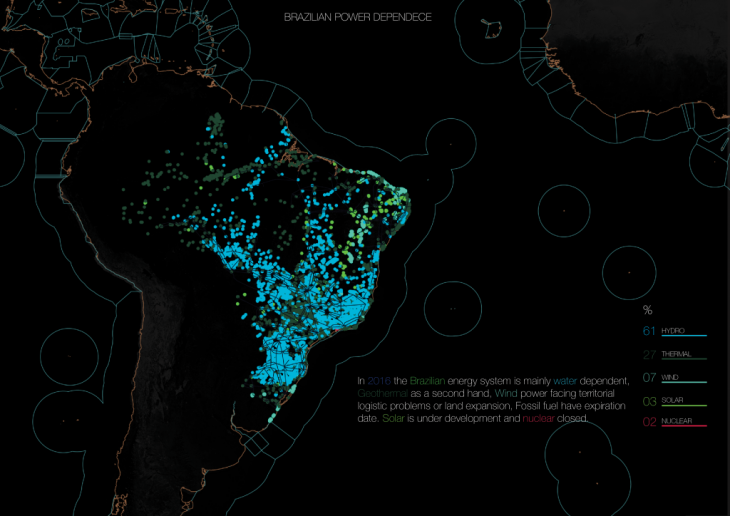
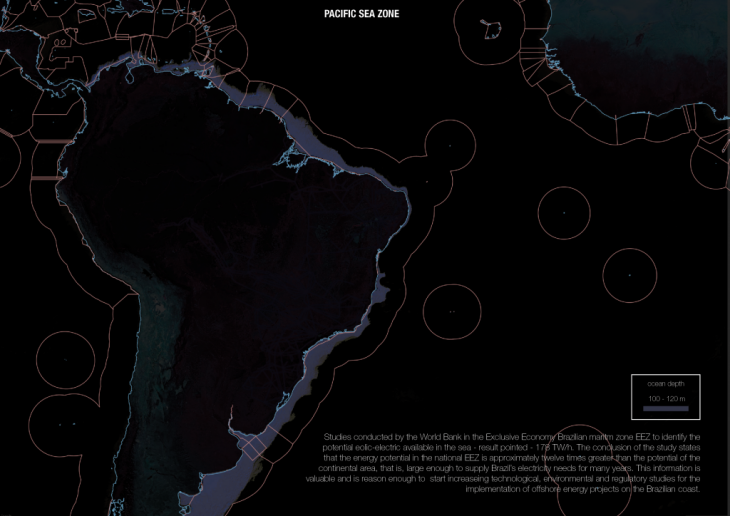
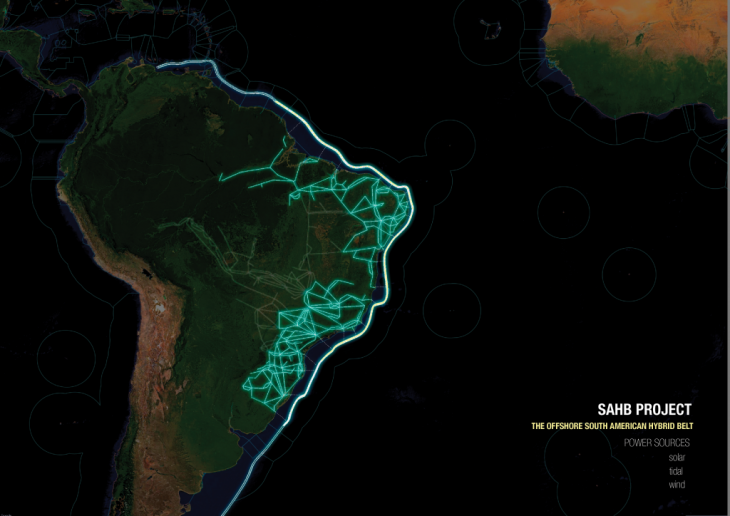
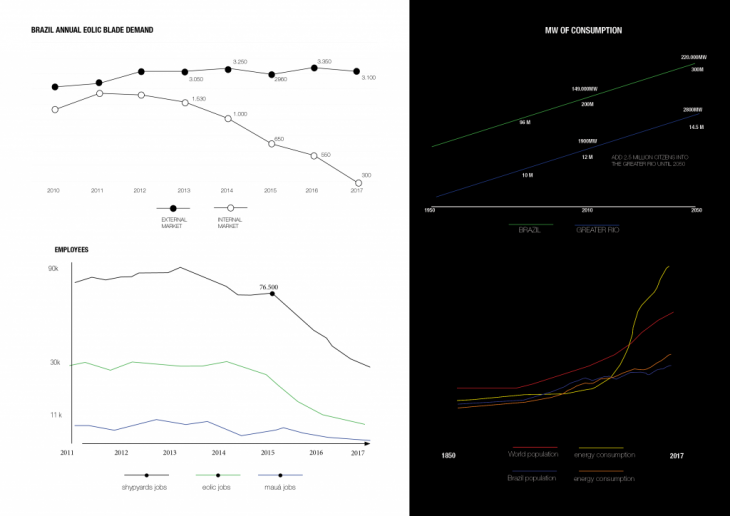
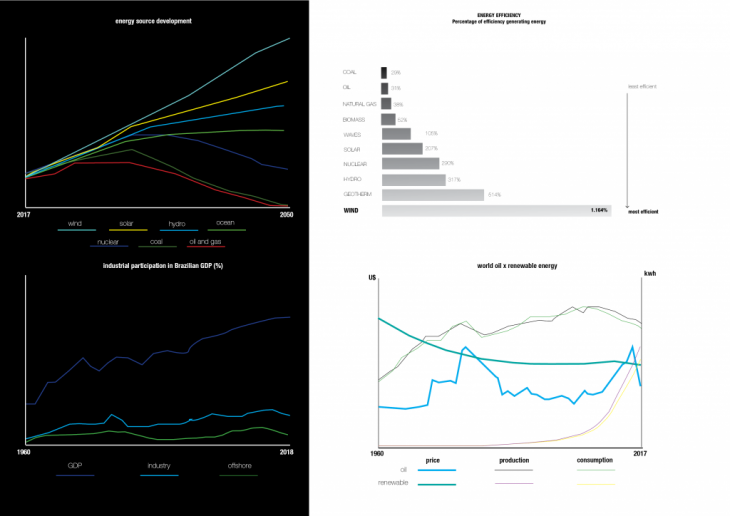
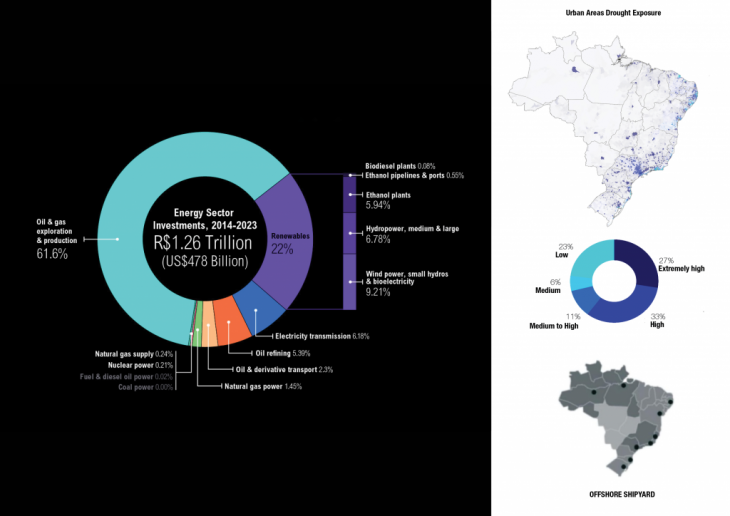
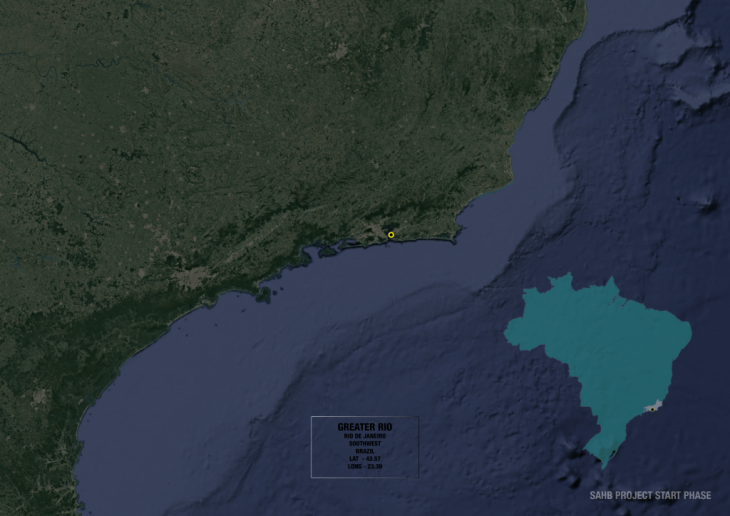
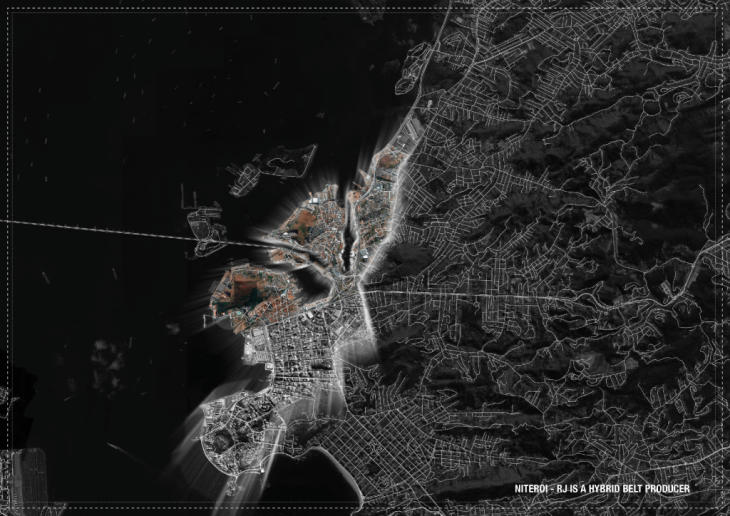
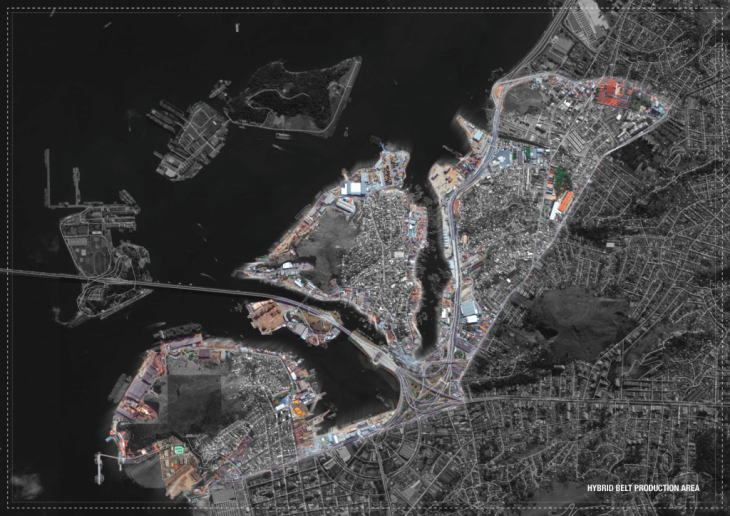
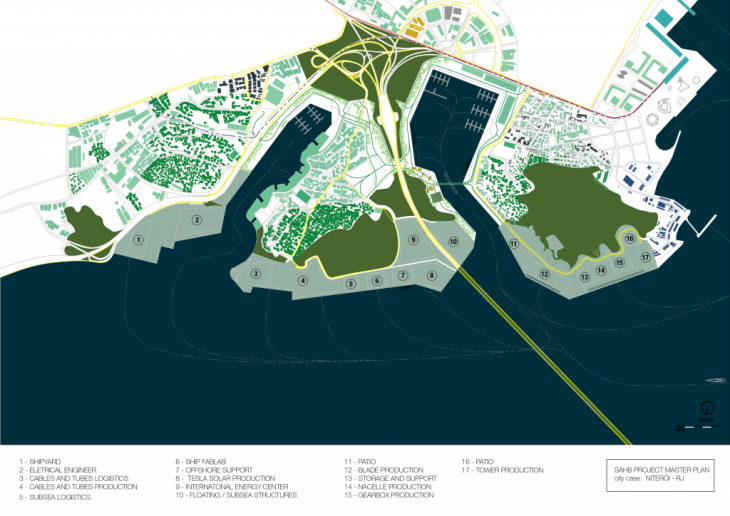
Treatig the holle work developed into this thesis project, the narrative of it take start amplifing the lens of discussion in a level of global studies and researchs to get a deep understanding of the main topic aborded. During the first decade of the XXI century we have witnessed one of the most singular demographic events of the last centuries: for the first time in history there are more people inhabiting urban environments than the rural ones. As a consequence, on the one side the exponential growth of many metropolitan populations is reaching levels of unprecedented social complexity, and on the other side the geographical environment in which societies are settled is every time more compromised, insecure and threatened: cities as Lagos, Manila, Rio de Janeiro, Hong Kong, Mumbai or Tokyo are starting to manage an unknown type of urban complexity, in which the grade and the type of metropolitan problematics is far from the traditional urban topics that we have been developing during the XX century.
We are facing limit situations of dependence of non-renewable enrgy deendence, obsolescence and change of paradigms, where the classical models of success will not be useful enough. Unlike rural areas, urban
habitats are defined by their complex and advanced infrastructure, usiness and social interaction and overall better standard of living. Once a infrastructure is developed for the people and the city, brings with it a background of what is programmed to function at. In a sence of uban scales, these infrastructures are structured by developed systems to attend necessities of the society. In sociology, Karl Marx described infrastructures as the economic phenomena that supportany society.
With the passage of the years, the urban areas are accustomed to testify modifications and mutations due to the societies transformations and the global economic, political and technological evolutions. These changes provoked some important effects in the urban structure, such as the redefinition of the time-space relationship and the introduction of new equipments, marking the start of urban and city restructuration. The Hybrid Belt plan is based on simple logistic and architectural principles combined with the use of new mapping technologies that allowed geographic accuracy implementation of offshore power generation points allowing the generation of results. Once 100% completed, it will result in the supply the Atlantic coastal terrirory of South America. The plan has as a site for implementation the Atlantic waters of South America for complete starting with the dominator country Brazil.
There would be 9,200km of longitud at a distance of 70 to 100 km from the coast and with ocean bottom at 100 to 150 m of depth to be explored the energy potential. Fabrication and maintenance points of the Hybrid belt infrastructure will be implemented over the coast line according to the demand.
Brazil is the big producer and contributor for the Hybrid belt plan. A large part of Brazilian society is concentrated in its coast, including representative more developed cities and great consumers of energy such as São Paulo, Rio de Janeiro, Salvador, Vitoria, Porto Alegre, Florianópolis, Belém and among many other urban areas that tend to continue expanding over the years, From another lens, others energy consumers within the nation as the entire industrial sector and the urban public infrastructures tends to become more representative demanders in the energy sector of South America. The system is designed to behave in two phases, both as an independent of the existing national integrated system. Working first as a reducer of efforts of onshore production and thus reduce consumption and emissions. Once complete it will have power enough to infinite secure t be totally independent from other sources.